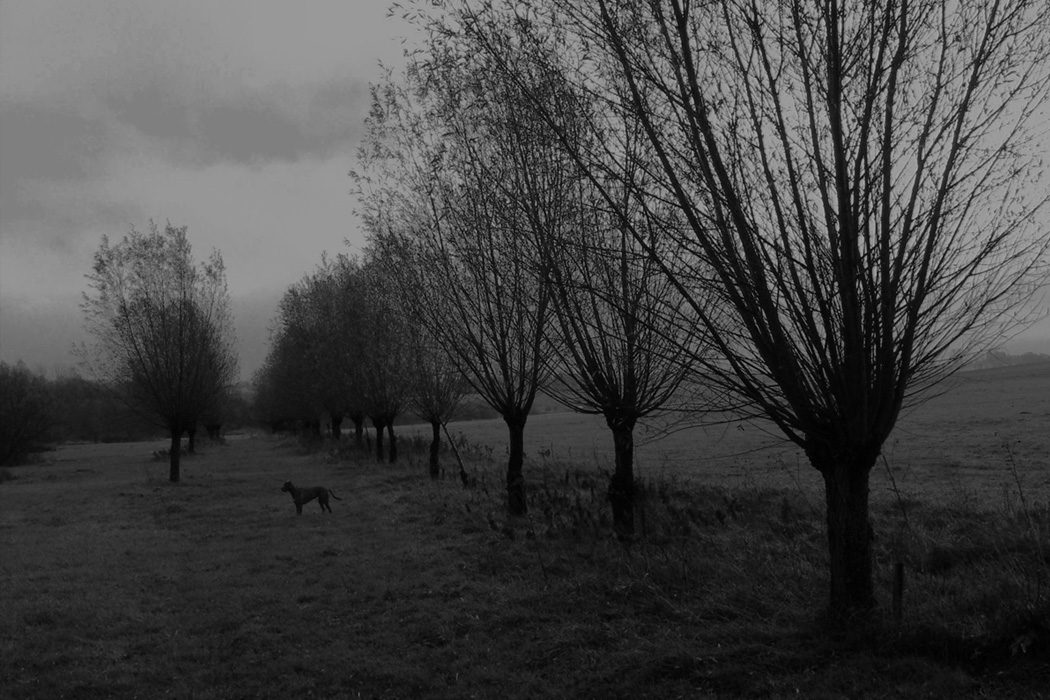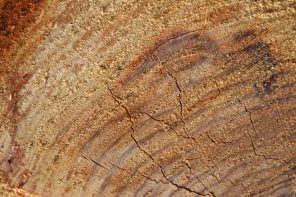I used to rise early each day to go for a run before the rest of my family woke. If there was even one star, I could see without my headlamp. The headlamp’s light could spotlight whatever was directly in my path, but a curtain of darkness would draw up to the very edges of the beam. I preferred the broader, more diffuse vision offered by the nearly dark. Some mornings, though, were utterly black. No stars. No tiny fingernail of moon. The light from the mudroom window couldn’t penetrate past the porch, let alone extend the 30 yards beyond to the paddock where our horses, Zeke and Quito, waited for their breakfast of hay.
They would stand at the railing, half-ton statues with barreled bellies and fat haunches, their fur such an effective insulator that snow didn’t melt off their wide backs. As always, Zeke would murmur little encouragements to me whenever I approached. Any time I was tempted to skip my run because of sub-zero temperatures, I was shamed into going by their stoic acceptance of the brutal cold.
When I was young, growing up in Washington, D.C,. I had a tremendous fear of the dark. The streetlights threw odd shadows against my bedroom walls. I would stay up reading until four in the morning, unable to put my book down, not because I was gripped by the story but because I was gripped by the fear of what might sidle into my room once I closed the book and turned out my light.
After my husband and I moved to Montana and I had spent years out in the dark of winter mornings with no lights from streetlamps or houses or passing cars, I knew darkness differently. I understood that my fear of the dark as a child had been a cover for what I had really feared: being alone.
But I didn’t have to venture out into those dark Montana mornings alone. Our dog, Kea, was always enthusiastic and ready to go. It’s so much easier to face your fears when you’re in the company of an animal whose joy and enthusiasm is so boundless that her back legs churn faster than her front legs when she runs, causing her hind end to swing back and forth, correcting and over-correcting like a car skidding on ice.
Most mornings, after her initial burst of crazy circles, Kea would trot along at my heel as if I’d trained her to do so, keeping to the same tire track in the snow. Occasionally, we caught deer by surprise. I never saw even an outline of the deer’s bodies. The beam from my headlamp would be caught and reflected in their disembodied eyes when they looked up, as startled as I was. With a sharp huffing of breath, they would be gone.
I could still psych myself out by letting my imagination run toward rogue moose or mountain lions, but if I worked myself up enough for the hairs on my neck to prickle or for the space between my shoulder blades to feel vulnerable, all I had to do was glance down at Kea, padding along behind me.
She’d meet my glance expectantly: “Are we going to sprint now?” or, “Got a stick?”
Mostly we just jogged along. She was a patient dog.
One morning, however, when I opened the door, Kea pulled back, and I had to call her out after me. It was a starless, moonless morning, so still that my headlamp’s beam was powerless to light the emptiness. As I approached the paddock, I could hear the horses snorting.
They weren’t at the gate. I could just make out their milky forms over at the back corner. When I pulled up the latch, they startled and ran in tight circles, skittering back to the corner to blow loudly through their noses.
Kea hadn’t followed me. In fact, I couldn’t see her at all. Even after I tossed flakes of hay out onto the snow, the horses remained in the far corner of the paddock, as alert and focused as pointers on a hunt. Something out there was more compelling than hay, and I decided that if the horses were going to skip breakfast, I would skip my run. I crunched back across the ice-crusted path to the house, checking over my shoulder, listening for the breath of a crouching predator. Kea was waiting for me on the porch by the door with a “don’t make me go” look on her face.
“Let’s get you your kibble,” I said to her, shutting the door and the darkness behind us.
I was proud of myself for conquering my fear of the dark, but there’s brave and there’s stupid. There was no point in tempting fate by knowingly putting myself in harm’s way. If only I could have approached the threats that I faced in broad daylight with such practicality and equanimity.
Six months before she died, Kea stopped going on runs with me. She shrank back from the door, her eyes pleading, her ears back with the shame of it: “Don’t make me go.”
I assured her that it was okay, and she didn’t bother trying to look like she believed me. We both knew what it meant. Without her, the running seemed pointless. I had rarely spoken to her while we ran, at least not out loud. But we took in the waking songs of birds together. We ducked our heads against the wind and snow together. Together, we felt the pockets of warm air that lingered behind the stand of cottonwoods. When I realized, as I did each morning, that I had failed again to note the very moment when the light had replaced the dark, I knew that Kea probably hadn’t missed it, but I knew also that she would never lord that over me. She had always been a patient dog. You know how it is with dogs. They’re just always there. Until they aren’t.
One evening the following winter, my husband mentioned, in an off-handed way, “I’ll get up with you tomorrow.” And he did. And he has ever since. My husband is not a morning person and rarely says more than necessary—meaning: anything—before his one thick cup of coffee. I, however, am fully awake once my body has gotten moving, so I often chatter to him through the dark, making plans, worrying over concerns, considering options. My husband pads along, gracious enough to listen, bending his head to the wind, waiting for dawn. He is a patient man.




